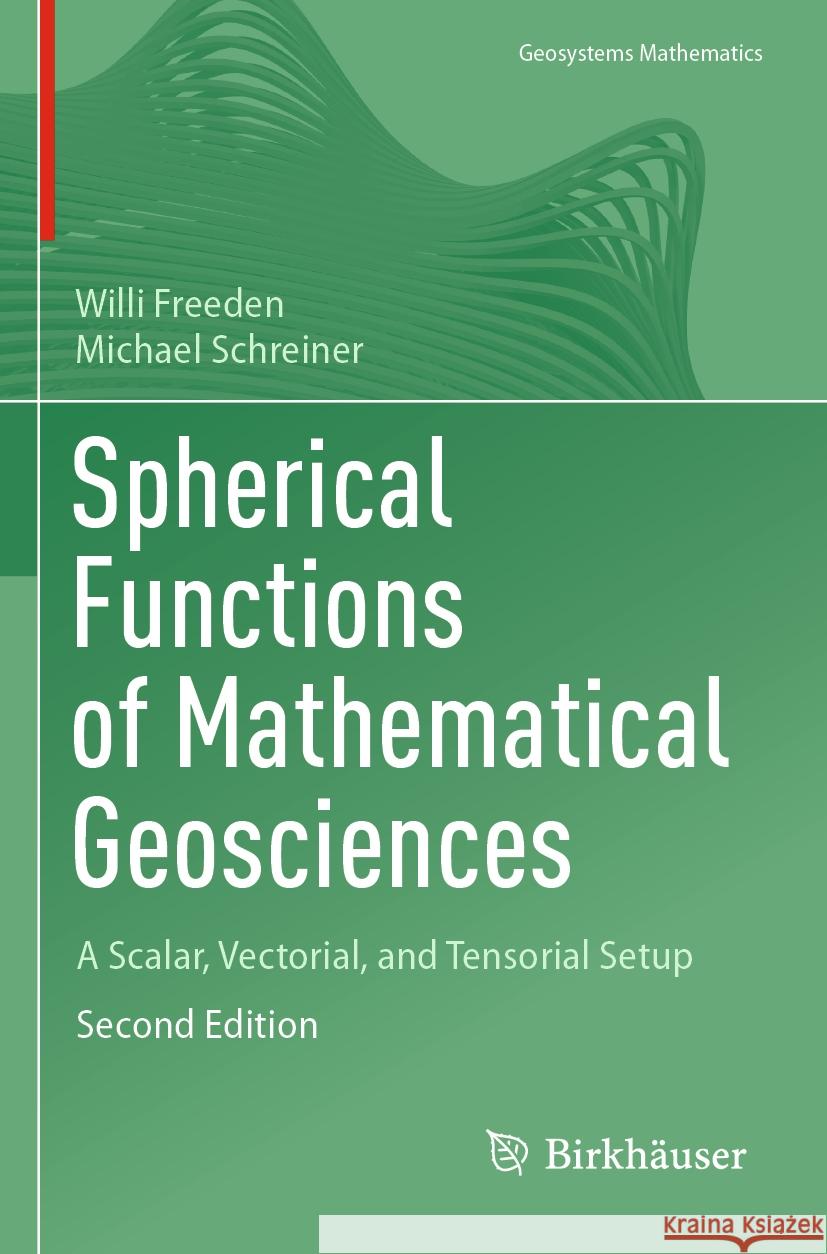Spherical Functions of Mathematical Geosciences » książka
topmenu
Spherical Functions of Mathematical Geosciences
ISBN-13: 9783662656945 / Angielski / Miękka / 2023
Spherical Functions of Mathematical Geosciences
ISBN-13: 9783662656945 / Angielski / Miękka / 2023
cena 583,65 zł
(netto: 555,86 VAT: 5%)
Najniższa cena z 30 dni: 578,30 zł
(netto: 555,86 VAT: 5%)
Najniższa cena z 30 dni: 578,30 zł
Termin realizacji zamówienia:
ok. 20 dni roboczych.
ok. 20 dni roboczych.
Darmowa dostawa!
This book is an enlarged second edition of a monograph published in the Springer AGEM2-Series, 2009. It presents, in a consistent and unified overview, a setup of the theory of spherical functions of mathematical (geo-)sciences. The content shows a twofold transition: First, the natural transition from scalar to vectorial and tensorial theory of spherical harmonics is given in a coordinate-free context, based on variants of the addition theorem, Funk-Hecke formulas, and Helmholtz as well as Hardy-Hodge decompositions. Second, the canonical transition from spherical harmonics via zonal (kernel) functions to the Dirac kernel is given in close orientation to an uncertainty principle classifying the space/frequency (momentum) behavior of the functions for purposes of data analysis and (geo-)application. The whole palette of spherical functions is collected in a well-structured form for modeling and simulating the phenomena and processes occurring in the Earth's system. The result is a work which, while reflecting the present state of knowledge in a time-related manner, claims to be of largely timeless significance in (geo-)mathematical research and teaching.











